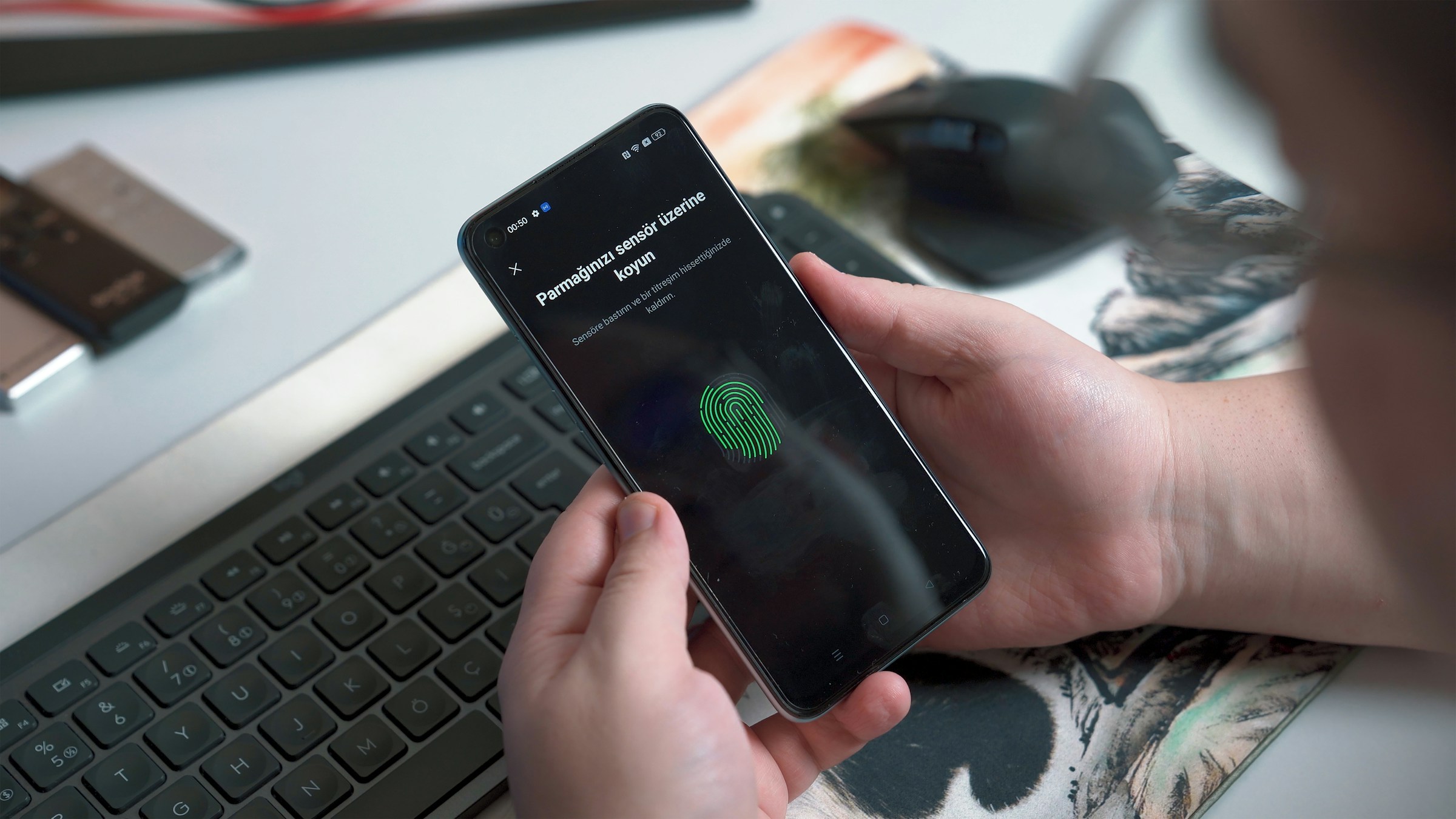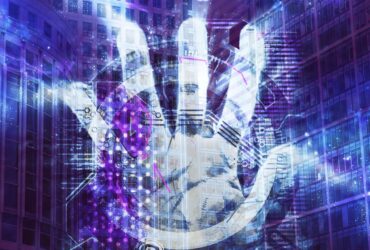
As technology continues to advance, so do the methods used by cybercriminals to gain unauthorized access to sensitive information. Business owners and executives must stay one step ahead by implementing effective cybersecurity measures. One such measure that has gained significant traction is Multi Factor Authentication (MFA). By requiring users to provide multiple forms of identification, MFA offers a robust defense against unauthorized access and data breaches. In this article, we will explore the concept of MFA, its various authentication factors, and why it is crucial for businesses of all sizes.
What is Multi Factor Authentication?
Multi Factor Authentication (MFA) is a security measure that requires users to provide multiple forms of identification in order to access a system, application, or online account. It adds an extra layer of protection beyond the traditional username and password combination. MFA typically involves the use of two or more authentication factors, which can include something the user knows (such as a password), something the user has (such as a security token or smartphone), or something the user is (such as a fingerprint or facial recognition). By requiring multiple factors for authentication, MFA significantly enhances the security of sensitive data and helps prevent unauthorized access and potential data breaches.
How Does Multi Factor Authentication Work?
Multi Factor Authentication (MFA) works by requiring users to provide multiple forms of identity, such as passwords, security tokens, or biometric data, to gain access to a system, application, or online account.
- Step 1: User initiates authentication: The user attempts to access systems, applications, websites, or online accounts by providing their username or email address through a login process.
- Step 2: First authentication factor: The user is prompted to provide the first authentication factor, which is typically something they know, such as a password or PIN. This factor verifies the user’s knowledge of a secret piece of information.
- Step 3: Second authentication factor: After successfully providing the first factor, the user is then prompted to provide a second authentication factor. This factor can be something the user has, such as a security token, smart card, or a unique code sent to their registered mobile device. It can also be something the user is, such as a biometric identifier like a fingerprint, facial recognition, or voice recognition.
- Step 4: Authentication verification: The system or application verifies the provided authentication factors against the stored credentials or authentication server. If the factors match, the user is granted access. If not, the user may be prompted to try again or may be denied access.
- Step 5: Access granted or denied: If the authentication factors are successfully verified, the user is granted access to the system, application, or online account. They can proceed with their intended actions, such as viewing sensitive information or performing transactions. If the authentication factors do not match or if there are too many failed attempts, access may be denied, and the user may need to take additional steps to regain access, such as resetting their password or contacting support.
By requiring a layered approach to secure authentication, Multi Factor Authentication adds an extra layer of security, making it significantly more difficult for unauthorized individuals to gain access to sensitive data or accounts. It provides an additional safeguard against password theft, phishing attacks, and other common methods used by cybercriminals to compromise accounts.
Why is Multi Factor Authentication Important?
One of the primary reasons why MFA is important is because it helps protect against password-related vulnerabilities. Passwords alone are vulnerable to various types of attacks, such as brute force attacks or phishing attempts. MFA enhances security by combining something you know (like a password) with something you have (like a fingerprint or a security token) or something you are (like biometric data), making it much more challenging for hackers to gain access to your systems.
Implementing MFA also helps mitigate the risk of stolen or compromised credentials. Cybercriminals often target user accounts with weak passwords or leverage leaked credentials from data breaches to gain unauthorized access to sensitive information. By requiring an additional factor of authentication, MFA acts as a barrier, so even if one factor is compromised, the chances of an attacker successfully infiltrating your systems are significantly reduced.
Furthermore, multifactor authentication provides an added layer of protection for remote workers and employees accessing company resources from outside the office. With the increasing trend of remote work, ensuring the security of your systems and data is crucial. MFA helps verify the identity of individuals attempting to access your network, preventing unauthorized entry from potential hackers trying to exploit weak points in your security infrastructure.
What are the Different Factors Used in Multi Factor Authentication?
Knowledge Factor
This factor, commonly used in access management, verifies the user’s knowledge of a secret piece of information, such as a password, to grant access to the system or application.
Possession Factor
By requiring the user to possess a physical item or a unique code sent to their registered device, this factor adds an extra layer of security in access management, ensuring that only authorized individuals can gain access.
Inherence Factor
Leveraging biometric identifiers like fingerprints or facial recognition, this factor enhances access management by verifying the user’s unique physical characteristics, making it difficult for unauthorized individuals to impersonate someone else.
Location Factor
By considering the user’s location or the device they are using, this factor strengthens access management by ensuring that access is granted only from authorized locations or devices, preventing unauthorized access from remote or unfamiliar locations.
Time Factor
This factor, integrated into access management, restricts access to specific time frames, ensuring that users can only access the system or application during designated periods and reducing the risk of unauthorized access outside of approved hours.
Is Multi Factor Authentication More Secure Than Single Factor Authentication?
Yes, multi-factor authentication (MFA) is significantly more secure than single-factor authentication. While single-factor authentication relies on a single form of identification, such as a password, MFA requires users to provide multiple factors, such as passwords, security tokens, or biometric data. This additional layer of security makes it exponentially more difficult for unauthorized individuals to gain access to sensitive data or accounts. Even if one factor is compromised, the presence of other factors acts as a strong deterrent and provides an extra barrier of protection. MFA greatly enhances security by reducing the risk of password theft, phishing attacks, and other common methods used by cybercriminals to compromise accounts, making it an essential measure for safeguarding valuable information.
How Does Multi Factor Authentication Protect Against Phishing Attacks?
Multi-factor authentication (MFA) provides a strong defense against phishing attacks by adding an extra layer of verification beyond the traditional username and password combination. Phishing attacks often trick users into revealing their login credentials by impersonating legitimate websites or services. However, even if a user unknowingly enters their credentials on a phishing site, MFA acts as a safeguard. Since MFA requires additional factors, such as a security token or biometric data, the attacker would still need access to these factors to successfully authenticate. This makes it significantly more difficult for attackers to gain unauthorized access to user accounts, even if they have obtained the username and password through a phishing attempt. MFA serves as a powerful deterrent against phishing attacks, providing an additional barrier of protection for sensitive data and accounts.
Can Multi Factor Authentication Be Used on Mobile Devices?
Yes, multi-factor authentication (MFA) can be used on mobile devices. Mobile devices are often an ideal platform for implementing MFA due to their widespread usage and built-in capabilities. Mobile MFA methods include push notifications, SMS verification codes, biometric authentication (such as fingerprint or facial recognition), and authenticator apps. These methods leverage the unique features of mobile devices to provide an additional layer of security. By utilizing MFA on mobile devices, users can conveniently and securely authenticate their identities, protecting their accounts and sensitive information from unauthorized access, even while on the go.
Conclusion
In conclusion, multi-factor authentication (MFA) is a crucial security measure that business owners and executives should implement to protect their valuable data and customer information. By requiring users to provide multiple forms of identification, such as passwords, security tokens, or biometric data, MFA adds an extra layer of protection beyond traditional username and password combinations. This significantly reduces the risk of unauthorized access and data breaches. MFA is more secure than single-factor authentication and serves as a strong defense against phishing attacks. With the ability to be implemented on mobile devices, MFA offers convenience and enhanced security for users on the go. By understanding the importance of MFA and implementing it within their organizations, business leaders can safeguard their business data and customer information, ensuring the integrity and trustworthiness of their operations in today’s increasingly digital world.
Final Thoughts
Experience the unrivaled expertise of Buzz Cybersecurity, the leading provider of comprehensive cybersecurity solutions. Our extensive suite of services, including managed IT services, cloud solutions, disaster recovery, and ransomware protection, is designed to cater to the diverse needs of businesses. With our unwavering dedication to excellence, we go above and beyond to ensure that your business is shielded from cyber threats. Join the ranks of businesses across neighboring states who trust Buzz Cybersecurity for their security needs and discover the unmatched level of protection we deliver.
Sources
- https://www.onelogin.com/learn/6-types-password-attacks
- https://www.cisa.gov/secure-our-world/turn-mfa
- https://csrc.nist.gov/glossary/term/biometrics
- https://www.usatoday.com/story/money/2023/12/21/remote-work-from-home-trends-2024/71991203007/
- https://www.bio-key.com/multi-factor-authentication/single-factor-authentication/
Photo by Onur Binay on Unsplash


